Your Cart is Empty
UP TO 50% OFF - EXPRESS SHIPPING

Since their introduction and mass acceptance into men’s clothing, ties and bow ties have undertaken an incredible number of changes in forms, functions, materials and style. This blog post will document the main milestones in the necktie evolution through history with the premise that history turns out to be very interesting when blended to social change.
Truth is that ties and bow ties haven’t been conceived in the fashion domain. In fact, the tradition of adorning the neck with a knotted piece of fabric dates back to the 17th century when the Croatian soldiers of the Thirty Years War (1618-1648) introduced the concept of 'cravat' to keep the collars of their shirts together.
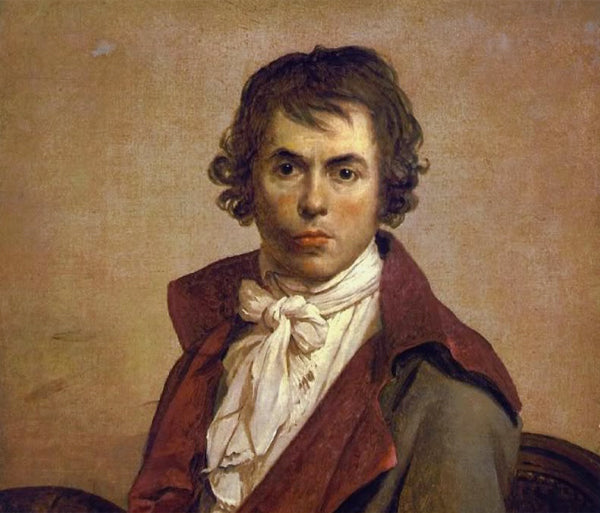
With the war finally over, French soldiers brought the neckband look back in their country and turned an unpurposely beautiful extemporisation into a men's accessory for the French upper class society.

It didn’t take too long before the French spread this new trend all around the fashion world and by the beginning of the 19th century white bow ties had definitely become a must-have for most intellectual gentlemen.
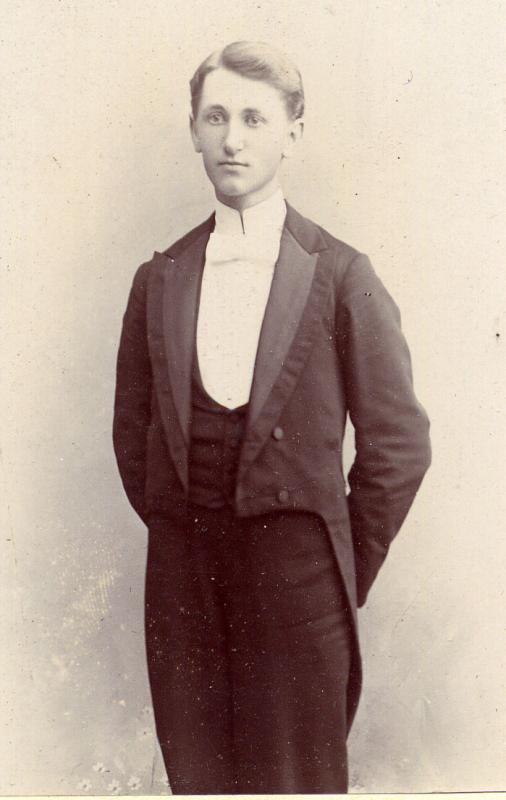
Despite the undeniable success, in 1886 the white bow tie style was outmoded by Pierre Lorillard's tuxedo & black bow tie wear which became the primary formal outfit for men and a statement maker among all fashion connoisseurs.
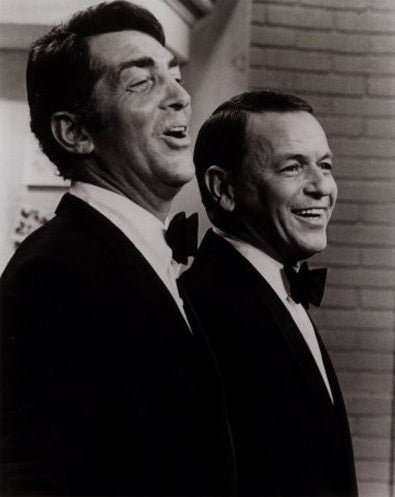
With a long history of being strictly associated to the masculine gender, ties and bow ties officially started crowding women’s wardrobe in the 1920s and 30s when Marlene Dietrich and Katharine Hepburn begun a completely new fashion trend by dressing in what was considered to be a typical male attire including: tailored suits, top hats, button down shirts, and, of course, bow ties.
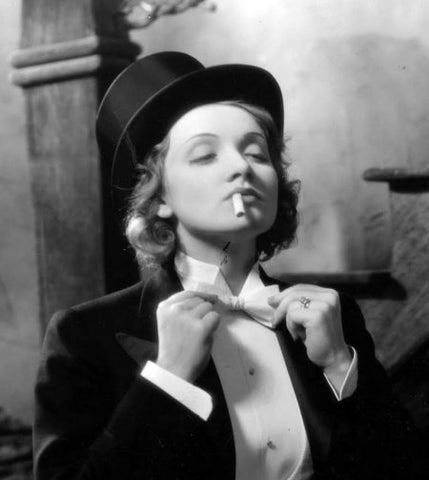
Over the past few decades, high-profile fashion pioneers have begun a trend that has led to a variety of bow tie redefinitions. By pairing it in ways never seen before, bow ties have recently been moved outside of their rigid categorization of being appropriate just for formal events. From the foppish looks of style mavens Karl Lagerfeld and Manolo Blahnik, to the quirky guise of the renowned comic actor Charlie Chaplin, to the iconic stud looks of Fred Astaire and Frank Sinatra, to the British look of the space and time-travelling humanoid alien Doctor Who, bow ties have been a compliment for many out-of-the-box personalities.

Established as the quintessential accessory in men's dress and on the rise in womenswear too, designers and tailors from all around the world started to play with shapes, knots and materials in an attempt to keep an old traditional accessory culturally relevant. Starting with the transaction from linen to silk to the introduction of the four in hand and windsor knots, loose ascots and scarves resembling the old 'cravat' were narrowed down to become skinny ties and the traditional batwing bow tie met the butterfly, diamond point and many other bow tie variations.
No longer bounded by the rigid sartorial rules of the past years, the bow tie has been revamped, redefined, and redesigned into an accessory that any stylistically savvy individual can include in their unique look. High fashion elite and celebrities like Johnny Depp, Will.I.Am, Williams Pharrell, Rihanna, Drew Barrymore, and Janelle Monáe are not the only ones sporting the bow tie look on the daily. Today's fashion stylists are uniquely deconstructing the story of the object itself by pairing the most extravagant bow ties with modern outfits and contemporary lines.
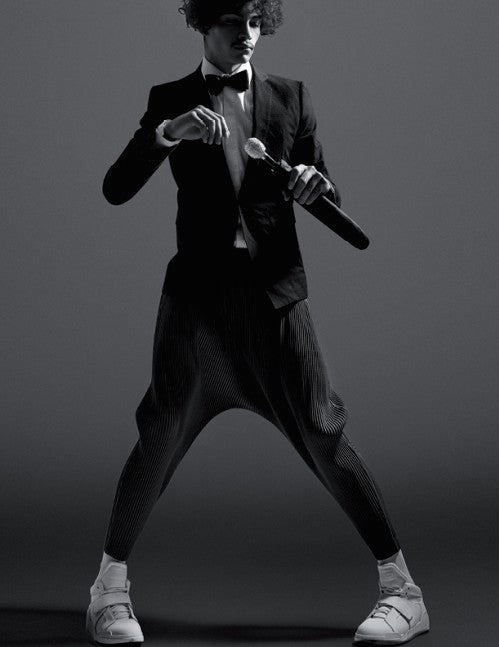
The evolution of forms towards something more and more sophisticated, as well as the shift in culture introduced the need of ready- to-wear designs. Whilst initially disregarded by the necktie conservatives, the pre-tied concept opened a whole new range of design opportunities. Materials like wool, leather and wood were successfully experimented in the past few years and we recently introduced ceramics too in an attempt to write a new chapter of the necktie history.
It was - in fact - in this fashion landscape that we got intigued by the relationships between the ancient material itself - the ceramics - and the ever evolving object - the bow tie - and created a line of ceramic bow ties whilst elegantly and seamlessly experimenting modularity with the combination of pre-tied silk ties and interchangebale ceramic knots.

What the next big step be in the necktie history nobody knows, but the evolution of neckwear is still far from its end and new innovative ideas will continue to rise to make this timeless object evolve with our society.
Comments will be approved before showing up.